Tibetan prayer wheels are an iconic symbol of the deep spirituality of the people of Tibet. They are an important tool for Tibetan Buddhists that have been used for centuries as a tool for prayer and a symbol of the Buddhist path. There’s a lot to understand behind these fascinating objects. Here are 8 facts unveiling the mysterious prayer wheels in Tibet.
1. Tibetan Prayer Wheels are Also Known as Mani Wheels.
Tibet prayer wheels are known as Mani Wheels in the Tibetan language. “Mani” appears in the sacred mantra “Om Mani Padme Hum” which is commonly written on the outside of prayer wheels. The mantra is one of the most widely known in Tibet. It embodies the essence of compassion, wisdom, and enlightenment.
 Tibet prayer wheels are known as Mani Wheels in the Tibetan language.
Tibet prayer wheels are known as Mani Wheels in the Tibetan language.Turning the prayer wheel is like saying the mantra. Each rotation releases the mantra written on the wheel into the universe. This action is believed to benefit everyone and help to purify negative emotions.
2. Tibetan Prayer Wheels Originated from the Ancient Bon Religion.
The first prayer wheels started being used in Tibet in the 4th century. Their roots trace back to the Bon religion that predates Buddhism in the region. The Bon tradition had a reverence for nature and spiritual practices. Parts of the Bon religion were integrated into Tibetan Buddhism, including the original prayer wheels.
The old prayer wheels were turned by the wind. When Buddhism was introduced into Tibet in the 7th century, the prayer wheels were adapted to align with Buddhist teachings. Over time, new materials were used, and the designs became more elaborate until they evolved into the Tibetan Prayer Wheels seen today.
3. Tibetan Prayer Wheels Mainly Include Two Types: the Handheld and the Temple-fixed.
Two main types of prayer wheels can be seen in Tibet. Handheld prayer wheels are portable. They come in different sizes, from small handheld ones to larger ones carried by people on pilgrimages. They are made of metal and wood and can be elaborately decorated with inscriptions of mantras and other decorative elements.
 There are the handheld prayer wheels and the temple-fixed prayer wheels.
There are the handheld prayer wheels and the temple-fixed prayer wheels.The other kind are installed in temples, monasteries, or along pilgrimage routes. Temple-fixed prayer wheels are larger, often with even more intricate designs. They are placed to give devotees easy access to spin them as they pass by. Some are even mechanized, powered by water or wind, so they rotate even when no one is around.
4. Tibetan Prayer Wheels are Used by Tibetans Every Day, Sometimes for Hours at a Time.
Tibetan prayer wheels are very significant in the daily religious practices of many Tibetans. The act of spinning prayer wheels is seen as a way to accumulate merit and blessings, and some Tibetans will make spinning prayer wheels part of their daily routine.
It’s not uncommon to see monks or laypeople carrying prayer wheels as they go about daily chores, spinning them when they have a free moment. Sometimes, Tibetans will spin prayer wheels for hours at a time. It can be part of religious practice or personal meditation. People will even use more than one prayer wheel at a time, spinning them simultaneously with both hands.
5. Large Tibetan Prayer Wheels can be Seen in Potala Palace, Jokhang Temple, and other Tibetan monasteries.
Places such as Potala Palace, Jokhang Temple, and other monasteries are important destinations for spiritual pilgrimages. Prayer wheels will be prominently featured for pilgrims to spin as part of their sacred journeys. Potala Palace has large prayer wheels installed in different sections, adding to the spiritual ambiance of the site.
Jokhang temple features prayer wheels inside its halls and along the outer corridors. As one of the holiest sites in Tibetan Buddhism, pilgrims visit to walk the kora around the temple. Prayer wheels are placed around the route so pilgrims can spin them while completing the circumambulation.
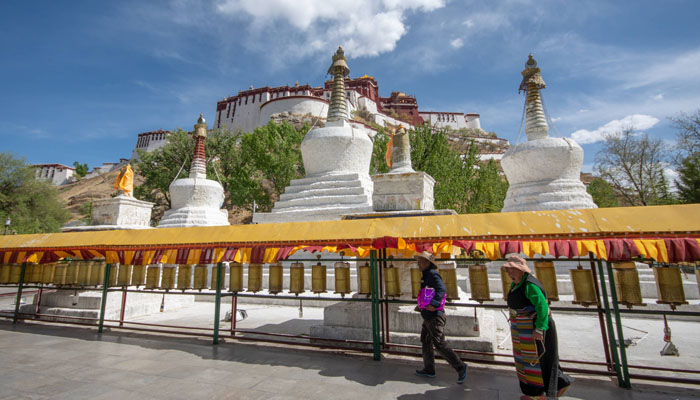 The large prayer wheels can be seen around Tibetan monasteries.
The large prayer wheels can be seen around Tibetan monasteries.The same can be found in temples and monasteries around the region. Sometimes located at the entrance or along pilgrim routes, places like Sera Monastery, Drepung Monastery, and Tashilhunpo Monastery all have prayer wheels visitors can easily access.
6. Spinning Tibetan Prayer Wheel is Equivalent to Reciting Scriptures for Tibetans.
Prayer is an integral part of Tibetan Buddhism, and it sometimes takes the form of reciting sacred scriptures or mantras. These mantras and scriptures can also be found inscribed on prayer wheels. The act of spinning a prayer wheel is considered to have the same effect as reciting the mantra out loud. Each clockwise rotation of the wheel releases the mantra into the world, benefitting everyone.
 Tibetan Buddhist believers rotate prayer wheels while walking.
Tibetan Buddhist believers rotate prayer wheels while walking.Tibetan Buddhists believe spinning prayer wheels is a way to accumulate merit, purify negative karma, and cultivate compassion. Continually rotating the wheel creates a steady flow of positive energy and blessings out in the world. It is both an act of devotion and part of the path to spiritual enlightenment.
7. Tibetan Prayer Wheel Features Various Auspicious Symbols, Such as a Lotus Flower.
Prayer wheels can be elaborately decorated with intricate designs that feature auspicious symbols from Buddhist beliefs. One common symbol is the lotus flower, which will be carved or painted alongside the mantras. The lotus flower is an important spiritual symbol representing purity, enlightenment, and the unfolding of spiritual consciousness.
The Dharma Wheel is another symbol commonly found on prayer wheels. The eight-spoked wheel symbolizes the teachings of the Buddha and the path to enlightenment. Prayer wheels themselves symbolize the Wheel of Dharma as a physical manifestation of turning the wheel and spreading the teachings of Buddhism.
8. It is Important for Tourists to Use a Tibetan Prayer Wheel Correctly.
As a tourist, respecting the beliefs and traditions of any place you visit is always essential. Prayer wheels should always be handled with this in mind. When allowed to spin a prayer wheel, it should be done gently and in a clockwise direction. They are very significant to followers of Buddhism, who view the mantras and texts as sacred.
In some areas, prayer wheels may be reserved for use by monks or devotees. Pay attention to any signs that might indicate whether a prayer wheel can be used by tourists, and ask for guidance if you are unsure.
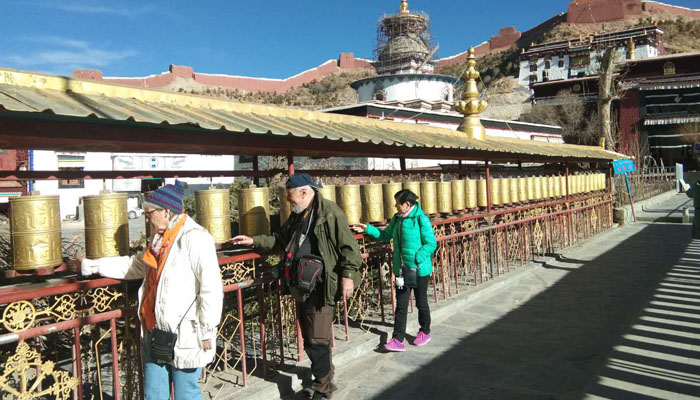 Tourists try to spin the prayer wheel while touring the Palcho Monastery.
Tourists try to spin the prayer wheel while touring the Palcho Monastery.Conclusion
As an important part of Tibetan spiritual beliefs and practices, the best way to see Tibetan prayer wheels is to go there in person. There, you can learn about their significance from the people who use them every day and see how prayer wheels are a part of life in Tibet. Contact us for more information about how you can see the spiritual life of Tibet for yourself.
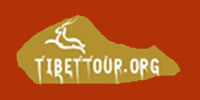
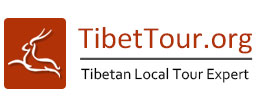


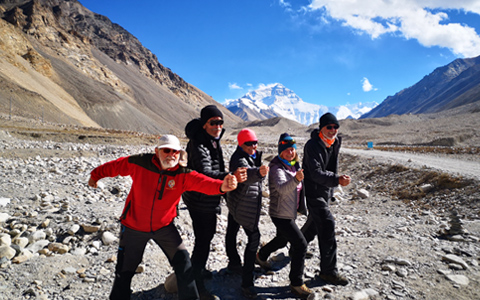



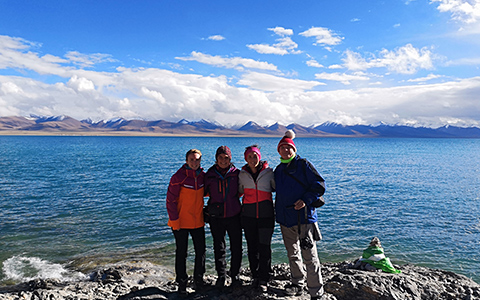








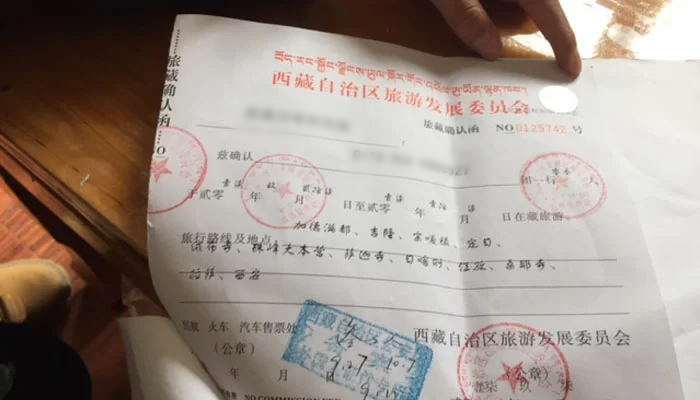
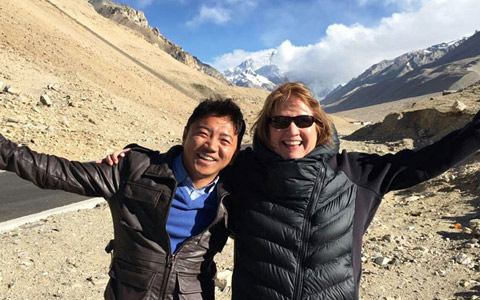






 Tibet prayer wheels are known as Mani Wheels in the Tibetan language.
Tibet prayer wheels are known as Mani Wheels in the Tibetan language.
 There are the handheld prayer wheels and the temple-fixed prayer wheels.
There are the handheld prayer wheels and the temple-fixed prayer wheels. The large prayer wheels can be seen around Tibetan monasteries.
The large prayer wheels can be seen around Tibetan monasteries. Tibetan Buddhist believers rotate prayer wheels while walking.
Tibetan Buddhist believers rotate prayer wheels while walking. Tourists try to spin the prayer wheel while touring the Palcho Monastery.
Tourists try to spin the prayer wheel while touring the Palcho Monastery.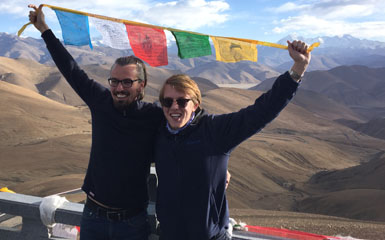









Ask a Quick Question